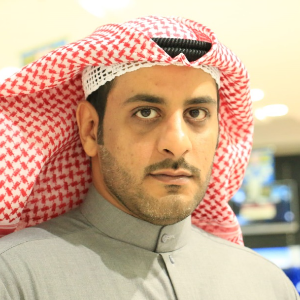Title : Oil & gas facility integrity enhancement through systematic & risk based prioritization of actions generated through inspection & corrosion reports
Abstract:
Objectives/Scope: The nature of Oil & Gas industry recognizes the potential human, environmental and financial consequences that can result from failing to maintain the integrity of facility and associated piping. The importance of effective Facility Integrity Management (FIM) increases as the industry infrastructure continues to age. The primary objective of Facility Integrity Management is to maintain facility & associated piping/spools in a fit-for-service condition while extending its remaining life in the most reliable, safe and cost effective manner. North Kuwait Directorate of Kuwait Oil Company is striving to attain maximum production capacity in spite of having multiple challenges including increasing water-cut and resulting corrosion issues.
Methods, Procedures, Process: A successful facility integrity management program incorporates aspects of design, material selection, operations, maintenance, corrosion mitigation, monitoring and inspection, risk evaluation and communication concepts to maximize the return. All these concepts are interlinked.
Actions Generated through Inspection & Corrosion Reports are reviewed and a method is developed to include a Prioritization Mechanism followed by Priority Setup/Ranking for each case scenario identified. The development of prioritization mechanism considers the following attributes – such as Consequences of failure (Production loss including shut down and repairs, Personal injury, environmental loss and property damage), Probability of failure (Metal thickness loss with respect to design to understand Maximum Operating parameters), Location specific hazard identification ( including the location of corroded portion of pipeline/ equipment with respect to Hazardous area classification), Resource availability ( material availability, other supporting resources, estimated time for completion, shutdown if required – the duration),and Incident History (Previous incidents in the same/ similar line, in the facility, history and status of clamps used etc.). The data is computed analytically through a standard outlined protocol workshop to develop the priority raking.
Results, Observations, Conclusions: This paper presents the initiative taken by Kuwait Oil Company (HSE-NK) in coordination with all Stakeholders for systematic review, risk rank and prioritize the Inspection & Corrosion Teams recommendations generally termed as “Action reports” for individual facilities based on the methodology developed. This process had resulted in a prioritizing which had resulted in curtaining any potential effect on upstream & downstream operations in the facility. The activity resulted in increased uptime of the facility and reducing any potential leak scenarios



